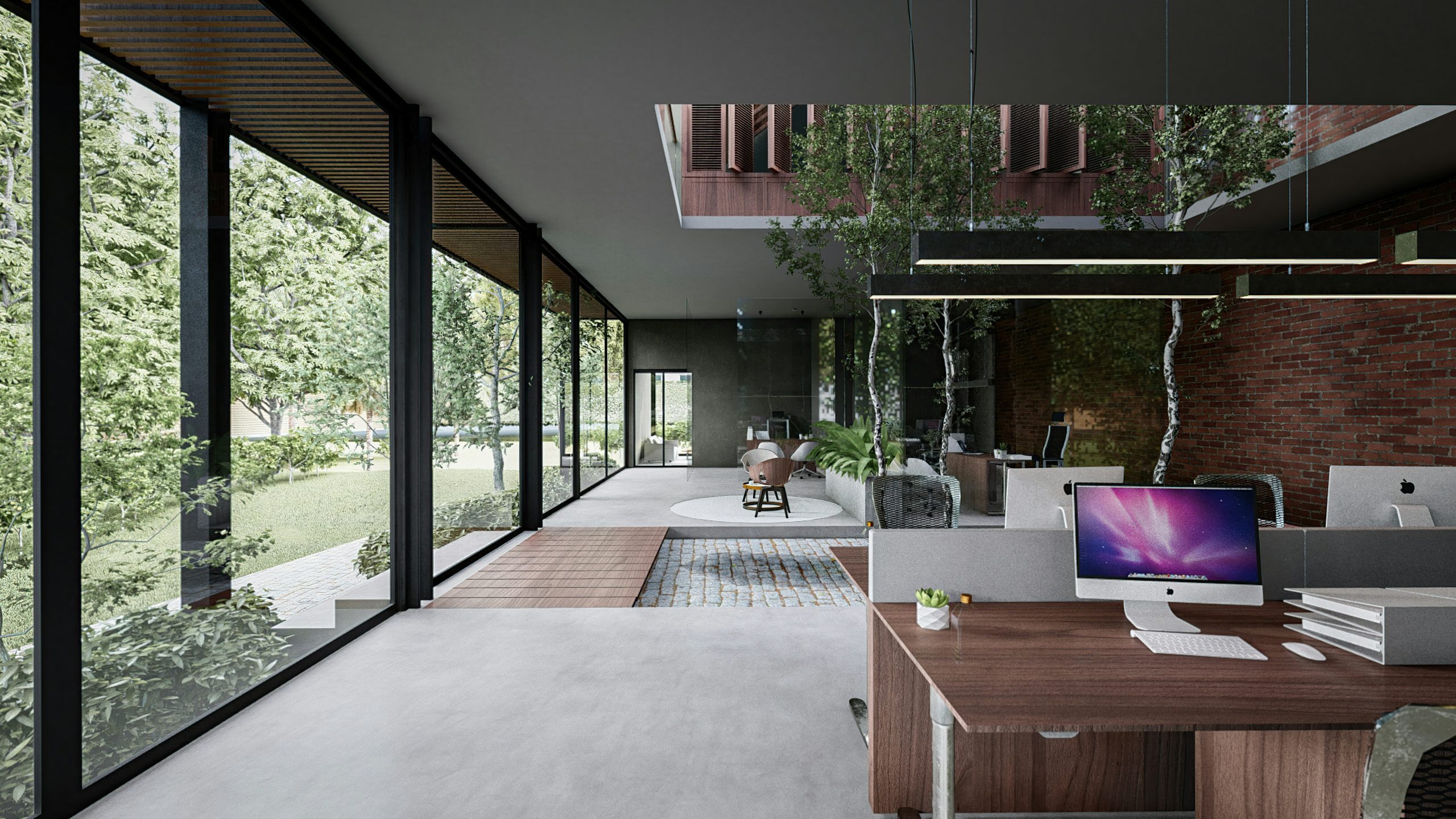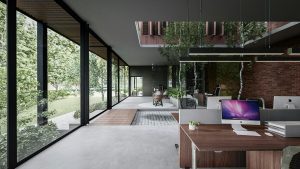- Home
- /
- Blog

 As more people seek comfort and calm in their homes, biophilic design has emerged as one of the most compelling trends in interior architecture. It’s more than just adding plants—it’s about creating spaces that foster a deeper connection with the natural world.
As more people seek comfort and calm in their homes, biophilic design has emerged as one of the most compelling trends in interior architecture. It’s more than just adding plants—it’s about creating spaces that foster a deeper connection with the natural world.
At Ablaze Design Group, we believe that great design doesn’t just look good—it feels good. That’s exactly what biophilic spaces are all about.
What Is Biophilic Design?
Biophilic design refers to incorporating elements of nature into built environments to enhance well-being, reduce stress, and improve mood. It draws on textures, shapes, and systems found in nature to create environments that are both nurturing and restorative.
Elements of Biophilic Design to Consider
-
Natural Light
Maximize daylight with large windows, skylights, and reflective surfaces that bounce light deeper into the home. -
Indoor Plants & Green Walls
Live greenery improves air quality, adds texture, and invites the outdoors in. -
Natural Materials
Use wood, stone, rattan, and clay to evoke the feeling of organic warmth. -
Earth-Tone Color Palettes
Soft greens, warm browns, and muted neutrals create a calming environment inspired by nature. -
Water Features
Even small fountains or indoor water walls can bring soothing sound and movement to a space.
Benefits Beyond Aesthetics
Biophilic interiors aren’t just beautiful—they’re beneficial. Studies show they can:
-
Lower stress and blood pressure
-
Boost creativity and focus
-
Improve sleep and mood
Bringing the Outside In
If you’re longing for a calmer, more connected home environment, biophilic design offers a timeless solution. Whether it’s a large-scale remodel or a few nature-inspired updates, these elements can transform the way you experience your space.
















